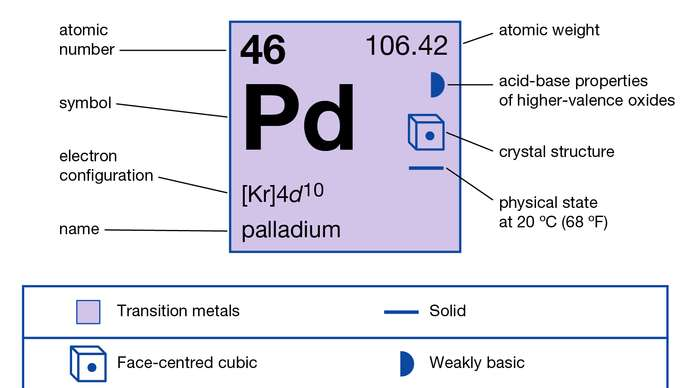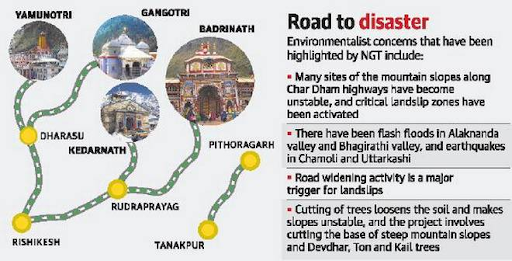
Facts in News |
|
Financial Stability and Development Council (FSDC) |
|
Palladium |
Usage
|
Char Dham Pilgrimage |
What is the Char Dham Project?
Image Courtesy:TH |
MACS 1407 |
Image Courtesy: BL |
Previous article
Two-Child Policy
Next article
New Fly Ash Utilisation Rule


